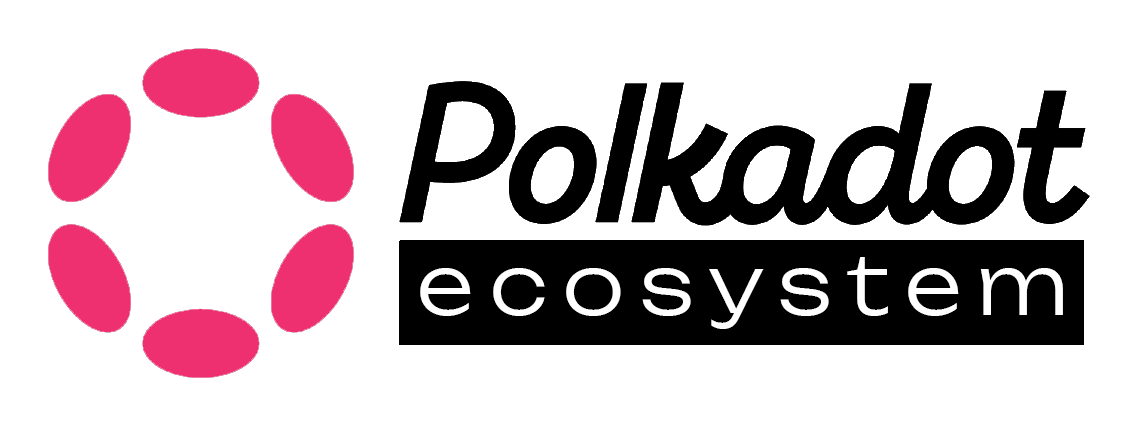
Linear Finance
Linear Finance is a decentralized finance (DeFi) project that aims to revolutionize the way users interact with financial assets. By combining extensive experience in both cryptocurrency projects and traditional asset management, Linear Finance provides a non-custodial, cross-chain compatible delta-one asset protocol. This protocol allows users to seamlessly access and trade various digital and traditional assets with minimal transaction fees and zero slippage.
Linear Finance Vision and Mission
Linear Finance’s long-term vision is to democratize access to investable assets and increase financial inclusiveness. By leveraging blockchain technology, Linear Finance aims to enable users to quickly and easily trade assets at fair market value while minimizing transaction costs.
Linear Finance Key Features
- Cross-Chain Compatibility: Linear Finance supports Ethereum and other EVM-compatible blockchains, allowing users to benefit from low transaction fees and quick settlement times.
- Synthetic Assets (Liquids): Users can mint synthetic assets, known as Liquids, which represent various traditional and digital assets. These can be traded on Linear’s native exchange.
- Collateralized Debt Pool: Linear Finance uses a collateralized debt pool where users can stake various digital and real-world assets to mint Linear USD (ℓUSD), which is then used to purchase synthetic assets.
Linear Token (LINA)
Governance and Utility
The LINA token serves multiple purposes within the Linear ecosystem:
- Governance: LINA holders can participate in the governance of the platform by voting on key issues such as asset listings, oracle selection, and distribution models.
- Collateral: LINA can be used as collateral in the debt pool to mint ℓUSD.
- Incentives: Users are rewarded with LINA tokens for their participation and contribution to the ecosystem, such as providing liquidity or engaging in yield farming.
Inflationary Model
LINA adopts an inflationary tokenomics model with an initial high inflation rate to incentivize early participation and platform growth. Over time, this rate decreases to stabilize the total LINA supply in circulation.
Linear Finance Core Components
- Linear.Buildr: Buildr is a decentralized application (dApp) for collateral management and the minting of Liquids. Users can pledge LINA and other acceptable assets as collateral to mint ℓUSD. The platform maintains an over-pledged collateral ratio to ensure system stability.
- Linear.Exchange: Linear.Exchange facilitates the trading of Liquids. Unlike traditional exchanges, users trade directly with Linear’s smart contracts, which act as a decentralized counterparty. This mechanism ensures deep liquidity and instantaneous trade settlement.
- Debt Pool and Pledge Ratio: The debt pool acts as the backbone of the Linear ecosystem. Users who mint Liquids incur a proportional debt in the pool. The platform’s pledge ratio starts at 500% and is subject to community governance for adjustments.
- Market Makers:: Market makers play a crucial role in maintaining the balance of the debt pool. By taking opposite positions to large trades, market makers help stabilize the system and are rewarded with additional LINA tokens.
- System Architectur:: Linear Finance’s architecture leverages both Ethereum and EVM-compatible blockchains. This dual-chain approach allows the platform to:
- Maximize support and integration with the Ethereum DeFi ecosystem.
- Minimize transaction fees and improve user experience on EVM-compatible chains.
Linear Finance Innovations and Solutions
- Collateralization Mechanism: Linear Finance’s hybrid approach to collateralization, which includes accepting stable cryptocurrencies alongside LINA, addresses the high pledge ratios seen in other synthetic asset platforms.
- Oracle Mechanism: The platform uses a dynamic oracle mechanism to provide real-time price feeds, reducing the risk of front-running attacks and ensuring accurate pricing of synthetic assets.
- Liquidation and Insurance: To safeguard the system against black swan events, Linear Finance implements a community-governed liquidation mechanism and an insurance fund to cover potential losses.
Linear Finance Future Roadmap
- **Cross-Chain Expansion: **Linear Financeplans to extend its cross-chain compatibility beyond EVM-compatible blockchains, aiming to provide seamless trading across all major public blockchains.
- Layer 2 Solutions: To further reduce transaction fees and improve scalability, Linear Finance is exploring Layer 2 solutions such as zk-rollups on Ethereum.
- DAO Governance: The transition to a fully decentralized autonomous organization (DAO) will empower the community to drive the platform’s development and decision-making processes.
Conclusion
Linear Finance represents a significant advancement in the DeFi space, offering a robust and versatile platform for trading synthetic assets. By combining the strengths of blockchain technology with innovative financial instruments, Linear Finance aims to create a more inclusive and efficient financial ecosystem.
- Related Token/s: LINA

